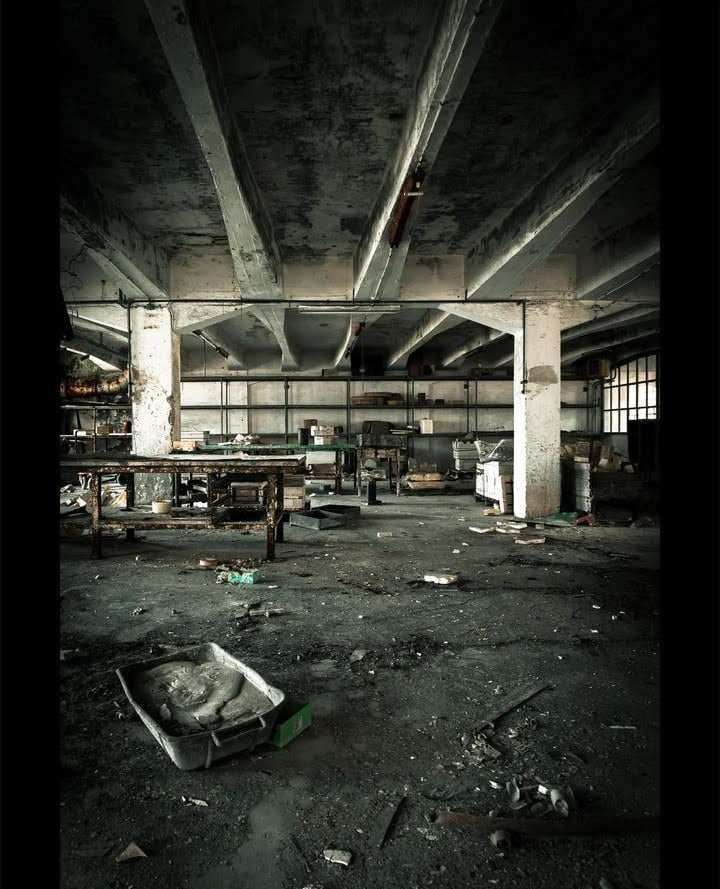
Visitare luoghi abbandonati è una delle tendenze turistiche attuali. E tra città fantasma e manufatti, in Italia, c'è solo l'imbarazzo della scelta. Questa pratica ha un nome e viene descritta come Urbex, un'interessante abbreviazione che rappresenta l'esplorazione urbana. Il significato del termine Urbex: una breve storia.
Urbex, ovvero l'esplorazione della città. È chiaro che la pratica sta migliorando, sia in Italia che all’estero. Non c’è dubbio che si tratti di una cosa di nicchia, perché questi luoghi abbandonati sono spesso invisibili e dimenticati. Fabbriche abbandonate, edifici abbandonati e scuole sepolte e dimenticate diventano oggetti architettonici di innegabile bellezza, dove il tempo lo fa sembrare cristallo: la scoperta di questi luoghi diventano caos urbano, che può far luce su ciò che sono riusciti a nascondere all'abbandono, alla decadenza. E tempo. per molti decenni. Non dovrebbe essere sorpreso da Urban nello sviluppo di test della comunità e condivisione: profilo social pubblico e Instagram su YouTube, ora è la maggior parte. InItalia, giochiamo a Urbex Squad (amichevole, scrivendo cose in abbandono e nel nostro paese in Europa, comunità urbana. Queste foto hanno contribuito a dire, per non dire che sono abbastanza bravi: non hanno bisogno di vedere le cose che dimenticano e, bene, la bella bella e la scrivania.
Visiting abandoned places is one of the current tourism trends. And among ghost towns and artifacts, Italy is spoiled for choice. This practice has a name and is described as Urbex, an interesting abbreviation representing urban exploration. The meaning of the term Urbex: a brief history.
Urbex, or city exploration. It is clear that the practice is improving, both in Italy and abroad. There is no doubt that it is a niche thing, because these abandoned places are often invisible and forgotten. Abandoned factories, abandoned buildings and buried and forgotten schools become architectural objects of undeniable beauty, where time makes it look like crystal.The discovery of these places become urban chaos, which can shed light on what they have managed to hide from abandonment, decay. And time. for many decades. Should not be surprised by Urban in the development of community testing and sharing: public social profile and Instagram on YouTube, now is most. InItaly, we play Urbex Squad (friendly, writing things in abandonment and in our country in Europe, urban community. These photos helped to say, not to say they are quite good: they don't need to see the things they forget and, well, the beautiful beautiful and the desk.
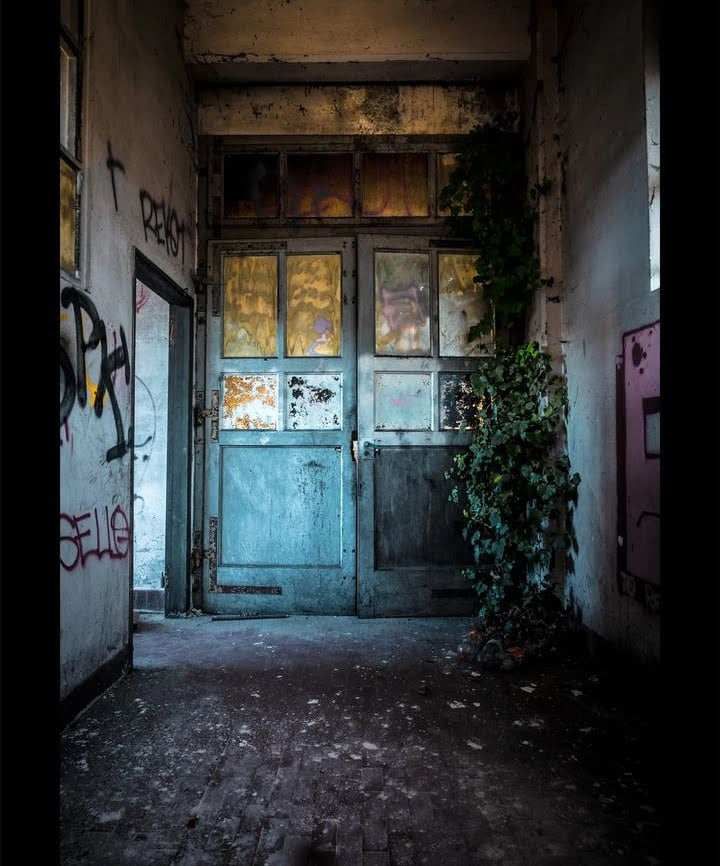
L'Urbex sembra essere fantastico, ma ha sorpreso ciò che sai della radice delle radici. Basti pensare che il primo "sfruttamento" della scoperta della città ebbe inizio due secoli fa, con il celebre Philibert Aspairt che,un sotterraneo, l'uomo morì e morì. non visto fino a 11 anni dopo. Una storia macabra che ci porta a guardare alla questione strettamente legata alla scoperta della città: la pericolosità e la legalità della cosa. Urbex è legale? Urbex e la legge: si tratta di una combinazione complessa che influenza la legge di qualsiasi città in cui si svolge la ricerca urbana. Non c'è dubbio che si tratti di un lavoro pericoloso: come ci insegna la storia del povero Philip Aspirit, addentrarsi in luoghi abbandonati può essere pericoloso fisicamente, non solo «per il pericolo di perdere la strada; Gli oggetti abbandonati, ad esempio, possono essere pericolosi e le condizioni sconosciute dell'edificio spingono ogni esploratore a prestare attenzione. Inoltre, ai rischi sanitari si associano rischi penali: visitare un luogo abbandonato può infatti portare alla rottura del sistema. legge. Dalle leggi antiterrorismo alla violazione della privacy e ai “semplici” licenziamenti, l’elenco dei potenziali reati è lungo.
Urbex seems to be great, but it surprised what you know about the root of roots. Suffice it to say that the first "exploitation" of the city's discovery began two centuries ago, with the famous Philibert Aspairt who,an underground, man died and died. unseen until 11 years later. A macabre story that leads us to look at the issue closely related to the discovery of the city: the dangerousness and legality of it. Is Urbex legal? Urbex and the law: this is a complex combination that influences the law of any city where urban discovery takes place. There is no doubt that it is dangerous work: as the story of poor Philip Aspirit teaches us, going into abandoned places can be physically dangerous, not only "because of the danger of losing one's way; Abandoned objects, for example, can be dangerous, and the unknown condition of the building prompts any explorer to be careful. In addition, health risks are associated with criminal risks: visiting an abandoned place can in fact lead to system breakdown. law. From anti-terrorism laws to privacy violations and "simple" dismissals, the list of potential crimes is long.
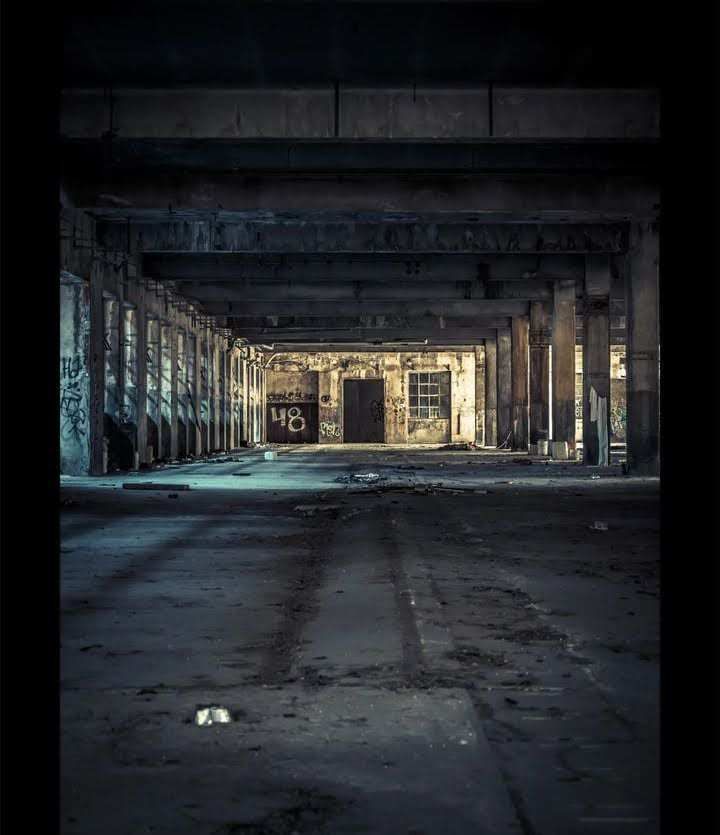
Ad esempio, in Italia, ci sono due articoli del codice penale che possono chiarire il conflitto: l'articolo 633, denominato "invasione di terreno o fabbricato", regola l'accesso al terreno e si tratta di un'abitazione (pubblica e privata) nell'articolo 637 , relativo a "Ingresso illegale in paesi esteri". La questione giuridica si aggrava quindi intorno alle parole “aggressione” (con parolacce e violenza) e “intrusione”, il cui significato è quasi positivo.
Pertanto, in Italia, si attraversa un luogo abbandonato, purché non sia detenuto e non si esaurisca il diritto di accedervi. Per approfondire l’argomento vi rimandiamo al sito Salvis Juribus, che affronta la questione in modo più approfondito.
For example, in Italy, there are two articles of the Penal Code that can clarify the conflict: Article 633, called "invasion of land or building," regulates access to land and it is a dwelling (public and private) in Article 637 , on "Illegal entry into foreign countries." The legal issue is then aggravated around the words "assault" (with swearing and violence) and "intrusion," the meaning of which is almost positive.
Therefore, in Italy, one crosses an abandoned place, as long as one is not detained and does not exhaust the right to access it. To explore this topic further, we refer you to the Salvis Juribus website, which addresses this issue in more detail.
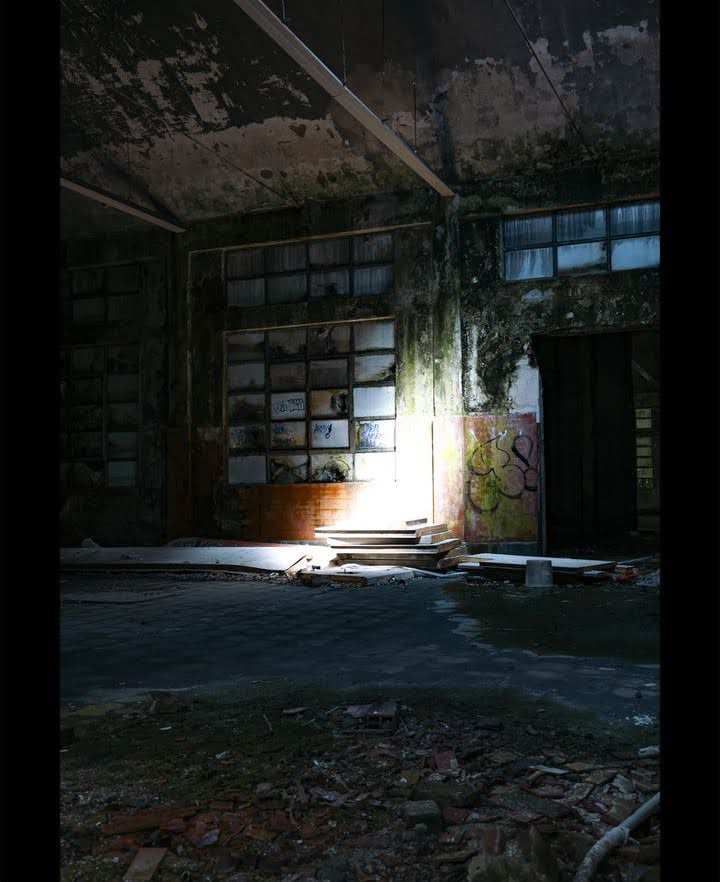
Legge o no, Urbex è “protetta” da un buon codice etico: gli esploratori urbani, infatti, seguono regole non scritte che si basano sull'intelligenza, sulla sicurezza e sulla protezione. Gli Urbex sono silenziosi, attenti e rispettosi: l'unica cosa che avranno con sé subito dopo il sopralluogo saranno le foto scattate all'interno, nient'altro.
Urbex significa anche impegno sociale
L’esplorazione urbana è un’attività affascinante priva di supporto sociale. In una città che sottrae terre vergini alla natura per costruire nuove case, molte sono abbandonate e, in poche parole, disabitate.
Urbex può diventare anche un modo per mostrare la bellezza di edifici abbandonati a se stessi e il comportamento dei lavoratori del tempo e dell'aria. L’abbandono è spesso associato alla corruzione, un fatto triste nella nostra società.
Law or not, Urbex is "protected" by a good code of ethics: urban explorers, in fact, follow unwritten rules that are based on intelligence, safety and security. Urbex are quiet, careful and respectful: the only thing they will have with them immediately after the inspection will be the photos taken inside, nothing else.
Urbex also means social engagement
Urban exploration is a fascinating activity devoid of social support. In a city that takes virgin land from nature to build new houses, many are abandoned and, in short, uninhabited.
Urbex can also become a way to show the beauty of abandoned buildings and the behavior of time and air workers. Abandonment is often associated with corruption, a sad fact in our society.
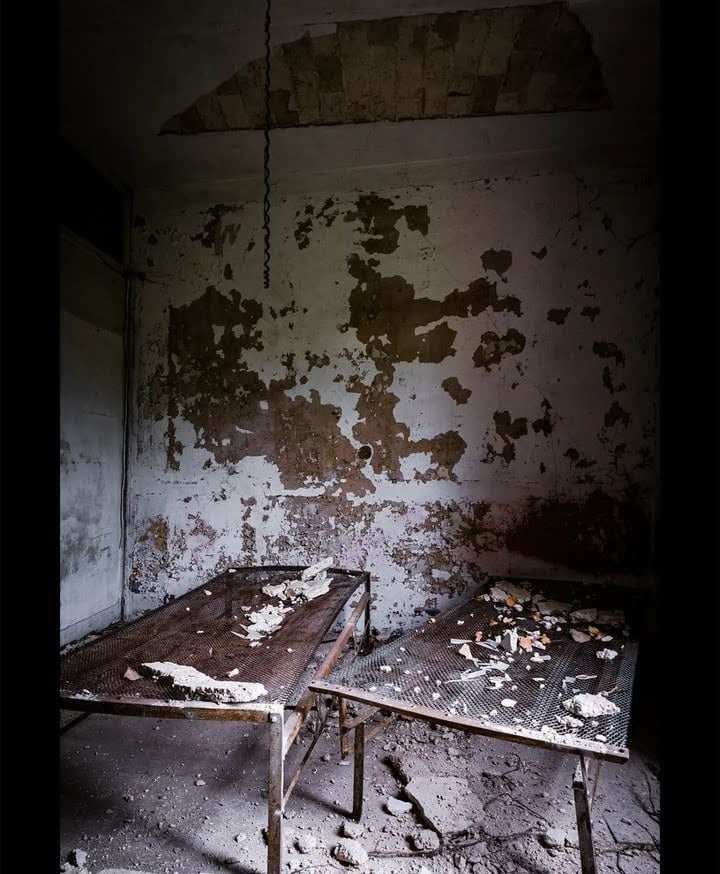
Urbex può essere un modo per recuperare, restaurare e donare Urbex in Italia: famosi luoghi abbandonati
Gli urbexer d'Italia hanno qualcosa da offrire: sono molti i luoghi abbandonati sparsi nel Paese e quelli famosi sono diventati buone mete turistiche, soprattutto quando viene rivelata la loro esatta ubicazione. Cominciamo ad esplorare i luoghi dimenticati del nostro Paese. Consonno, in Lombardia
L'idea, negli anni '70, era quella di creare una città che potesse diventare la “Las Vegas della Brianza”: sale da ballo, negozi e minareti riflettono il paesaggio dei giocattoli che, a causa dei cambiamenti fondiari, furono dimenticati per molti anni. , sta diventando la destinazione preferita di molti esploratori locali. L'imponenza della struttura esprime la gloria del passato che, come un fantasma, aleggia in uno dei luoghi più belli di tutti i tempi, in Piemonte.
La villa ha un aspetto antico, ma è stata costruita agli inizi del '900.
Urbex can be a way to recover, restore and donate Urbex in Italy: famous abandoned places
Italy's urbexers have something to offer: there are many abandoned places scattered across the country, and the famous ones have become good tourist destinations, especially when their exact location is revealed. Let's start exploring the forgotten places in our country. Consonno, in Lombardy
The idea in the 1970s was to create a town that could become the "Las Vegas of Brianza": dance halls, stores and minarets reflect the landscape of toys that, due to land changes, were forgotten for many years. , is becoming a favorite destination for many local explorers. The grandeur of the structure expresses the glory of the past that, like a ghost, hovers in one of the most beautiful places of all time in Piedmont.
The villa has an ancient appearance, but it was built in the early 1900s.
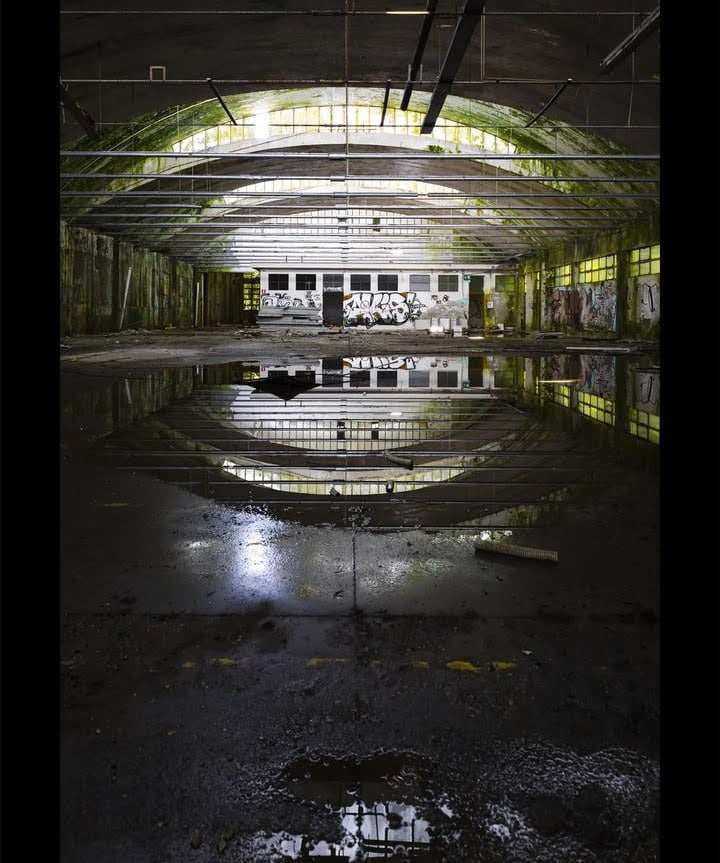
Bellissimo e bellissimo, venne abbandonato negli anni '50 e, nei decenni successivi, vandali e saccheggiatori lo saccheggiarono, perdendo gran parte del patrimonio custodito al suo interno. La storia di questo edificio è ancora oscura ed incerta. L'ex ospedale psichiatrico di Colorno, Emilia-Romagna
Anche l'Emilia ha le sue meraviglie abbandonate e il vecchio ospedale psichiatrico di Colorno è senza dubbio uno dei più conosciuti. Chiuso nel 1979, da allora è abbandonato. La sedia a rotelle e le cartelle cliniche lo hanno reso quasi irriconoscibile per l'umidità e il tempo ha lasciato tracce di sofferenze che, comunque, qui sono avvenute prima che fosse pubblicata la legge Basaglia.
A quanto pare in Italia sono tanti i luoghi abbandonati e sono tanti i siti, i blog e le pagine in cui le persone ne condividono immagini “rubate”. Inutile dire che i luoghi sopra menzionati sono solo tre tra i più frequentati.
Beautiful and handsome, it was abandoned in the 1950s and, in the decades that followed, vandals and looters plundered it, losing much of the heritage housed inside. The history of this building is still obscure and uncertain. The former psychiatric hospital in Colorno, Emilia-Romagna
Emilia also has its abandoned wonders, and the former Colorno Psychiatric Hospital is undoubtedly one of the best known. Closed in 1979, it has been abandoned ever since. The wheelchair and medical records have made it almost unrecognizable due to the humidity, and time has left traces of suffering that, however, occurred here before the Basaglia law was published.
Apparently there are many abandoned places in Italy and there are many sites, blogs and pages where people share "stolen" images of them. Needless to say, the places mentioned above are only three of the most frequented.
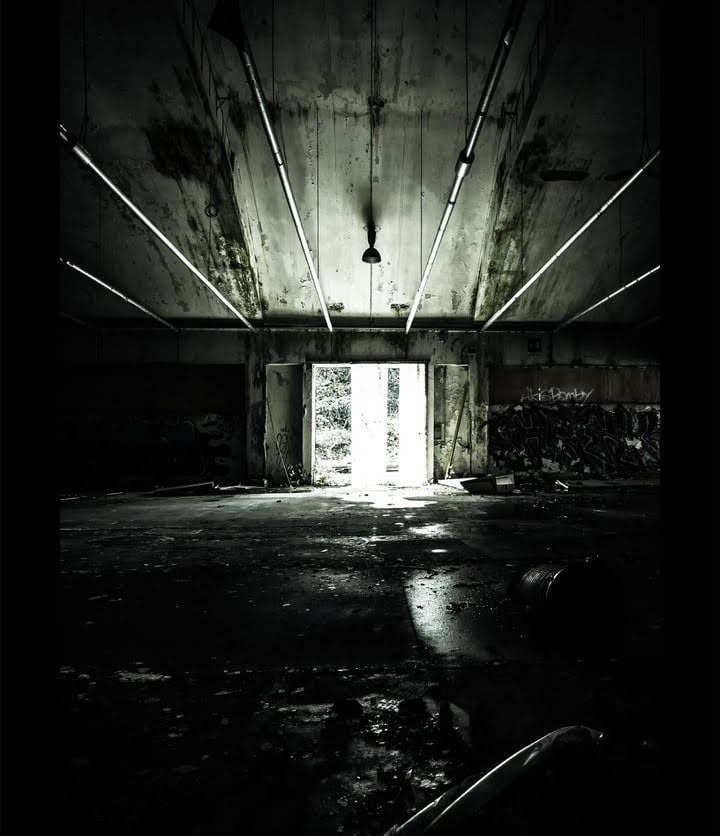
In generale, gli urbex proteggono il luogo abbandonato e non rivelano l'esatta ubicazione del suo territorio: questo è un modo per proteggerlo, evitando saccheggi o viandanti di visitatori abbastanza impreparati, mettendo a rischio se stessi e la casa. Chi decide di fare Urbex deve ricordarsi di sgranchirsi le gambe per proteggere luoghi che possono nascondere sorprese e incredibile bellezza. In uno scatto, le storie dietro i luoghi abbandonati, agli abitanti di Forlì interessa la foto “Urbex”.
Da esso emergono ancora luoghi abbandonati che la telecamera racconta nel loro stato depravato di uno spaccato di vita reale: è una forma di Urbex (Esplorazione Urbana).
Vecchie fabbriche con macchinari polverosi, vecchi alberghi con le loro stanze vuote, palazzi di lusso sono rovine con i loro bellissimi mobili ancora in piedi. I luoghi abbandonati vengono mostrati dalla telecamera e la loro condizione decrepita di frammenti di vita reale emerge ancora. Si tratta di una sorta di Urbex (rilievo cittadino), diffuso in Italia e nel mondo, che a Forlì ha trovato terreno fertile grazie al lavoro di diversi fotografi, amatori e professionisti.
In general, urbex protect the abandoned place and do not reveal the exact location of its territory: this is a way to protect it, avoiding looting or wayfarers of quite unprepared visitors, putting themselves and their homes at risk. Those who decide to do Urbex must remember to stretch their legs to protect places that can hide surprises and incredible beauty. In one shot, the stories behind abandoned places, Forli residents are interested in the photo "Urbex."
From it, abandoned places still emerge that the camera tells in their depraved state of a slice of real life: it is a form of Urbex (Urban Exploration).
Old factories with dusty machinery, old hotels with their empty rooms, luxury mansions are ruins with their beautiful furniture still standing. Abandoned places are shown by the camera and their decrepit condition of fragments of real life still emerges. This is a kind of Urbex (city survey), widespread in Italy and around the world, which in Forlì has found fertile ground thanks to the work of several photographers, amateurs and professionals.

Flavio Facibeni, il fotografo professionista di Fiumana di Predappio, è arrivato a Londra con le sue foto della vecchia Galleria Caproni, alla Brick Lane Gallery, e oggi è artista a Roma, con altri due fotografi del modello Urbex, della mostra “Fetti d'Italia Abbandonata” organizzato dal gruppo “Italia Abbandonata”. Una rassegna tra le “antichità” più spettacolari d'Italia promossa e organizzata dall'Università Luiss “Questa esperienza – racconta Facibeni – nasce nel 2014 in un'area abbandonata della Romagna. Da allora non mi sono più fermato e ho percorso quasi tutte le regioni del centro e nord Italia, percorrendo più di 50.000 chilometri." Ciò che motiva i fotografi Urbex non è solo l'opportunità di scattare foto originali e uniche ma anche la curiosità e la sensazione di scoprire nuove storie. "I luoghi che mi toccano di più sono le chiese e gli edifici abbandonati, dove forse i resti possono far luce sulla storia delle persone che li hanno vissuti. Partendo da vecchie foto, cose interessanti del secolo scorso: questa è la parte più interessante. "
Flavio Facibeni, the professional photographer from Fiumana di Predappio, arrived in London with his photos of the old Caproni Gallery, at the Brick Lane Gallery, and today he is an artist in Rome, with two other photographers of the Urbex model, of the exhibition "Fetti d'Italia Abbandonata" organized by the group "Abandoned Italy." A review among the most spectacular "antiquities" of Italy promoted and organized by Luiss University "This experience," says Facibeni, "was born in 2014 in an abandoned area of Romagna. Since then I have not stopped and have traveled almost all the regions of central and northern Italy, covering more than 50,000 kilometers." What motivates Urbex photographers is not only the opportunity to take original and unique photos but also the curiosity and feeling of discovering new stories. "The places that touch me the most are abandoned churches and buildings, where perhaps the remains can shed light on the history of the people who lived there. Starting with old photos, interesting things from the last century-that's the most interesting part. "

Altri tre giovani forlivesi, tutti trentenni e con occupazioni diverse, hanno raccolto quasi 42mila persone con la loro pagina Facebook “Storie abbandonate”. Sono Nicola Frassineti, Marco Gatelli, Davide Ortolani e Federico Limongelli di Bologna.
"Ci conosciamo da molto tempo e condividiamo la passione per la fotografia - racconta Nicola - tre anni fa abbiamo deciso di creare "tesori abbandonati" e da allora ha continuato a crescere. Appena possiamo prendiamo la macchina fotografica e partiamo: l'Italia è piena di luoghi abbandonati
Altri tre giovani forlivesi, tutti trentenni e con occupazioni diverse, hanno raccolto quasi 42mila persone con la loro pagina Facebook “Storie abbandonate”. Sono Nicola Frassineti, Marco Gatelli, Davide Ortolani e Federico Limongelli di Bologna.
"Ci conosciamo da molto tempo e condividiamo la passione per la fotografia - racconta Nicola - tre anni fa abbiamo deciso di creare "tesori abbandonati" e da allora ha continuato a crescere. Appena possiamo prendiamo la macchina fotografica e partiamo: l'Italia è piena di luoghi abbandonati

Three other young people from Forlì, all in their 30s and with different occupations, have gathered nearly 42,000 people with their Facebook page "Abandoned Stories." They are Nicola Frassineti, Marco Gatelli, Davide Ortolani and Federico Limongelli from Bologna.
"We have known each other for a long time and share a passion for photography," says Nicola, "three years ago we decided to create 'Abandoned Treasures' and since then it has continued to grow. As soon as we can, we grab our cameras and set off: Italy is full of abandoned places
Three other young people from Forlì, all in their 30s and with different occupations, have gathered nearly 42,000 people with their Facebook page "Abandoned Stories." They are Nicola Frassineti, Marco Gatelli, Davide Ortolani and Federico Limongelli from Bologna.
"We have known each other for a long time and share a passion for photography," says Nicola, "three years ago we decided to create 'Abandoned Treasures' and since then it has continued to grow. As soon as we can, we grab our cameras and set off: Italy is full of abandoned places
Telegram and Whatsapp